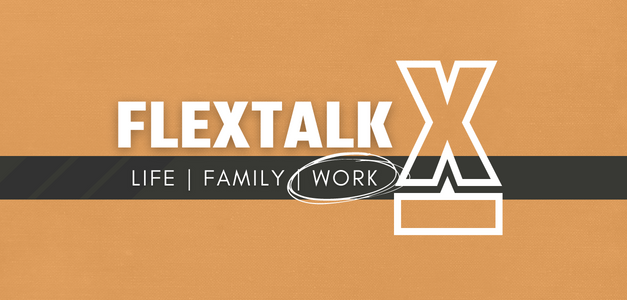Profit margins in the paint industry keep getting tighter. Prices for raw materials fluctuate constantly, shipping costs spike and labor demands never let up.
Business owners in the paint industry who want to stay competitive must rethink how they manage operations, materials, and production. A few smart changes in how you run your business can create real savings without cutting corners on quality.
Improve Inventory Management and Forecasting
One effective way to reduce costs and spending in the paint industry involves tightening inventory cycles and removing the guesswork from your supply chain. Overstocking leads to unnecessary spending, expired materials, and space you can’t afford to waste.
Ordering too late creates rush fees, missed deadlines, and unhappy clients. A solid forecasting system helps you balance what you have with what you need. The use of digital inventory tools helps employees track usage trends, seasonal shifts, and even shelf life.
Optimize Equipment Maintenance and Lifespan
Machines break down when they don’t get regular attention, and breakdowns cost more than parts—they kill production time. A clogged sprayer or worn-out mixer eats up labor and ruins batches. You can avoid that chaos by following a fixed maintenance schedule.
Routine upkeep doesn’t take much time, but it prevents disasters. Cleaning filters, checking calibration, and logging service hours extend the life of every piece of gear you own.
Streamline Labor and Workflow Efficiency
Time equals money, especially in production. You burn cash with every step if your crew waits for materials or doubles back on tasks. A workflow audit shows where the gaps live and how to fix them.
You can cross-train your team to stay flexible across stations or shifts. Tracking job times reveals where delays start. This data allows you to rearrange tasks to match the workday’s flow. Better workflow leads to faster output without throwing more people at the problem.
Reduce Waste in Production and Application
Finding ways to reduce waste is more than just beneficial to the environment. Another way to reduce costs and spending in the paint industry includes targeting waste before it turns into a bill you didn’t expect.
Wasted paint, solvents, and materials chip away at your bottom line with every job. Overmixing, overspray, or incorrect applications drive costs through the roof. You can cut that down with better training and tighter process control.
Precision tools reduce loss and let you reclaim unused products safely. Batch tracking, right-sized packaging, and clean equipment contribute to stronger cost control.
Standardize Formulations and Consolidate SKUs
Running 50 similar formulas complicates your inventory, delays batching, and costs more in materials. You can combine SKUs that serve the same need without losing quality. Simplifying what you make also improves consistency across jobs.
Fewer variations speed up production and cut your storage needs in half. You reduce waste, improve reliability, and make ordering easier for your clients when you streamline offerings.
You don’t need a full business overhaul to make a real difference. Small shifts in how you buy, train, stock, and work lead to major results. The more intentional you get, the more control you gain. Run leaner, work smarter, and let your results speak for themselves.
- Which part of your operation generates the most unplanned costs?
- How often do you review your inventory levels and ordering habits?
- Which equipment do you rely on daily that needs better maintenance tracking?
- Where do you see the most material waste during jobs?
- Could consolidating your product offerings help your team and your customers?


